In our last post, we discussed one of Philly’s longer-running venues, the frequently repurposed TLA. Today, we look into the history of one of the city’s newest venues: Union Transfer, at 1026 Spring Garden St.
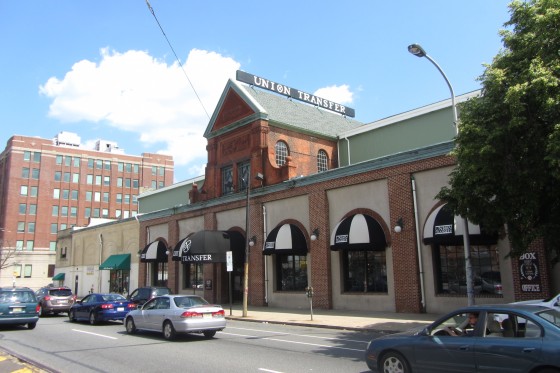
Union Transfer
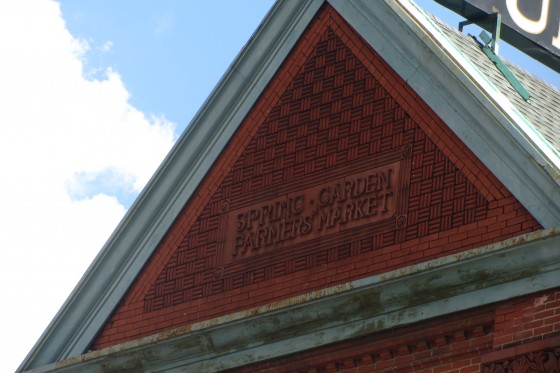
Closeup
The mid-sized music venue has generated a ton of buzz, quickly emerging as one of Philly’s best. Drawing an impressive list of acts in its first year and providing a beautifully appointed interior, tremendous sound and a smartly-placed back-bar, the building has come a long way since its days as the Spring Garden Market, a name which it held before 1895, according to the photo taken from G.W. Bromley’s Philadelphia Atlas.
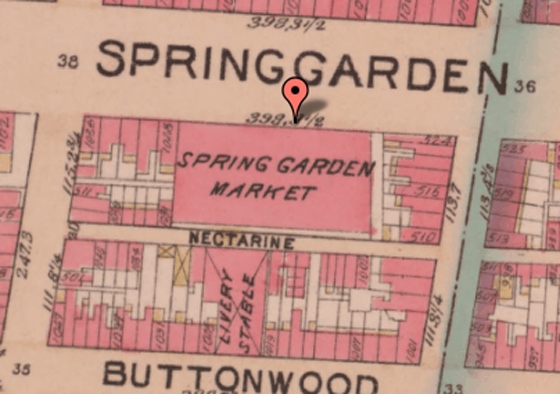
In 1895
The 1914 photo here below, taken from the Department of Records, shows the farmer’s market on an unpaved Spring Garden.
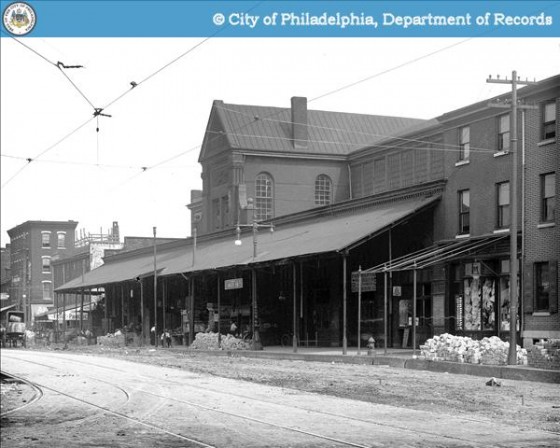
Still going in 1914
The rails visible in the photo hint at the building’s immediate future as a railway baggage depot. Below, in the image taken from a 1942 Works Progress Administration Land Use Map, the depot is referred to as the Terminal Freight Warehouse. However, previously existing building signage shows that it was also called the Union Transfer Co. Baggage Express.
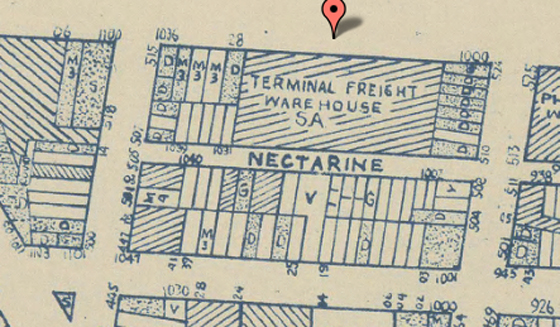
In 1942
The photo from 1972, also taken from the Department of Records, shows the farmer’s market-turned-baggage-depot had subsequently been fashioned into a tire emporium.
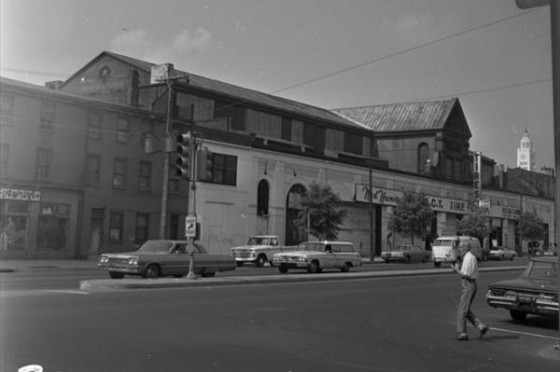
Tires for all!
While we’re not certain that the building was legendary in the tire business, there was a brief time in the 1980s when it was indeed legendary in the evolution of American hip-hop. As a roller-rink by day and the After Midnight club by night, the venue was an early proving ground for pioneers like Public Enemy and LL Cool J, the latter shown here below performing at the venue in 1985. According to Philebrity, the city forced the club’s closure in 1990 by blocking its acquisition of a dance hall license. The City was subsequently ordered to pay more than $2.5 million in damages to the owners for Civil Rights violations.
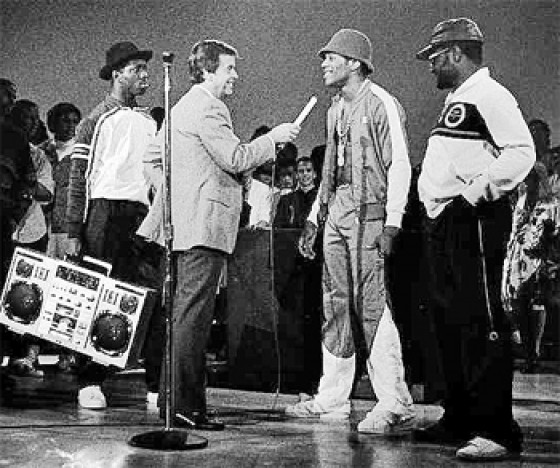
In 1985
While the Spaghetti Warehouse which took its place was nowhere near as funky, it was far more successful. Or at least it lasted far longer. It is shown here below in all its illuminated glory.
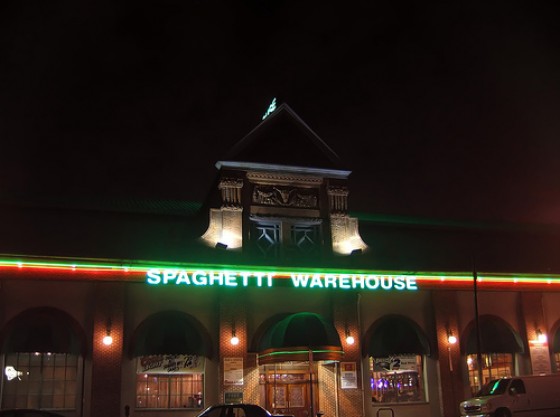
Ah, this brings us back
Today, the building is making an impact on its neighborhood and the culture scene in Philadalphia as Union Transfer. Let us hope that it continues to draw compelling artists and healthy crowds well into the foreseeable future.
–David Tomar
